This, right here, is CONTENT, my weekly film column. Readers can expect the hottest takes in student journalism paired with film criticism that has been hailed by some “a weekly column.”
“The Revenant”
The most-hyped bear of the season contributes just a crumb of the violence that propels “The Revenant” across the northern plains. Leonardo DiCaprio embodies pain with such commitment that watching his performance bounces between harrowing and uncomfortable. “The Revenant” is a singularly-driven technical marvel, one that prevents you from overthinking the plot’s simplicity and sentimentality.
Alejandro González Iñárritu’s latest, despite the flash of his always moving camera (and there’s plenty of flash), is narratively familiar. It boils down to a revenge story between two men, a teeth-gritted DiCaprio as Hugh Glass and the consistently incomprehensible Tom Hardy as John Fitzgerald, the out-for-himself villain who kills Glass’ son in a brief struggle. A host of trappers and chasers enter and exit for convenience.
Regardless of DiCaprio’s best efforts at the Golden Globes to pitch the story as an issue piece about the mistreatment of America’s indigenous populations, Native Americans show up here only to help our hero escape danger. They are not fully-formed characters, unless you are particularly inspired by the trope of “concerned father.” DiCaprio uses the passing through Native American characters to heal his wounds, provide shelter and take care of a dead body. Describing this film as revolutionary in its portrayal of indigenous people is unconvincing.
Although violence is the headline, Iñárritu doles it out with measure, lending equal weight to Glass’ s battle against the cold as he does Glass’s vendetta against Fitzgerald. Iñárritu’s fixation on body parts detached and ripped open creates an easy-to-feel edge to the film’s central fights. Thanks to Iñárritu’s wizardry and DiCaprio’s intensity, “The Revenant” is built for the theater experience, where you can hear the mama grizzly in all her glory and oggle the thickets through which DiCaprio crawled. Yet, the high-stakes emotion fails to echo the intensity of the physical environment. As loudly as DiCaprio can scream “MY BOY!!!,” the melodrama does not match the understated brutality of the violence. I’m perfectly convinced Hugh Glass loved his son, but watching him foam at the mouth in paralyzed rage forces you out of the moment and reminds you that this is Leonardo DiCaprio, the world’s greatest movie star, and he is acting. Much like his qualudes-crawl in “The Wolf of Wall Street,” his live-burial pushes you out of the frigid north and into Los Angeles awards season. He is the reason we are willing to commit to a slow slog through the snow, yet his presence often feels overwhelming.
“The Big Short”
Adam McKay’s “The Big Short” pounds the audience with self-awareness from its first frames. A move that would normally come off as cloying and pretentious instead delivers the urgency of the film’s message. “The Big Short” knows we’re easily distracted, and goes great lengths to make sure we’re paying attention.
Christian Bale’s aloof genius Dr. Mike Burry uncovers the housing bubble, initiating a chain reaction among the minority of analysts willing to defy conventional wisdom. A delightfully self-loving and never-better Ryan Gosling convinces an angry neurotic (Steve Carell) and his associates to short, or bet against, the housing market. In the investigation of Burry’s unbelievable claims, Carell’s Mark Baum (the story’s moral center as much as there is one) runs up against the system toward which he’s both beholden and distrustful.
A slew of dispersed celebrity cameos offer spark and clarity to the financial minutia McKay refuses to avoid. Margot Robbie shows up in a bubble bath to explain subprime mortgages: the film knows you’ve seen “The Wolf of Wall Street” and that you still don’t understand how the financial crisis happened. McKay and Charles Randolph’s script is obsessive and systematic in its definitions. They won’t allow you to leave this movie without recognizing the breadth of the big fraud. Detractors say this film prioritizes politics over fluidity, and they’re often right. Rage is the driving force behind the movie’s style.
Burry’s ability to think only in terms of numbers enables him to see the imminent collapse others can’t. Therein lies the key to the heist: when bankers think of regular people as assets and regular people don’t have the time or the interest to read their mortgages thoroughly, thievery can run wild in the dark. The banks use the simplest forms of deception to steal. Who wants to read a mortgage when you could watch Ludacris’ “Money Maker?” McKay’s pushback is to mix big words with sex and insurance policies with gambling. The attempts to catch the audience’s wandering eye reaches almost condescending heights — we theatregoers are, of course, smart enough to learn something without the aid of half-nude bodies, sizzling entrées and blackjack hands. Nevertheless, the film doesn’t care how we feel. The reckoning for 2008 matters,even if we leave feeling dirty.

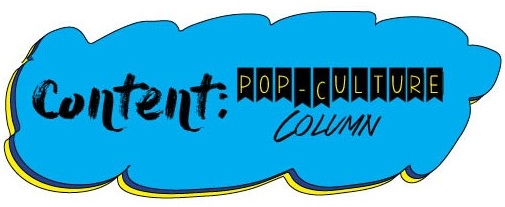




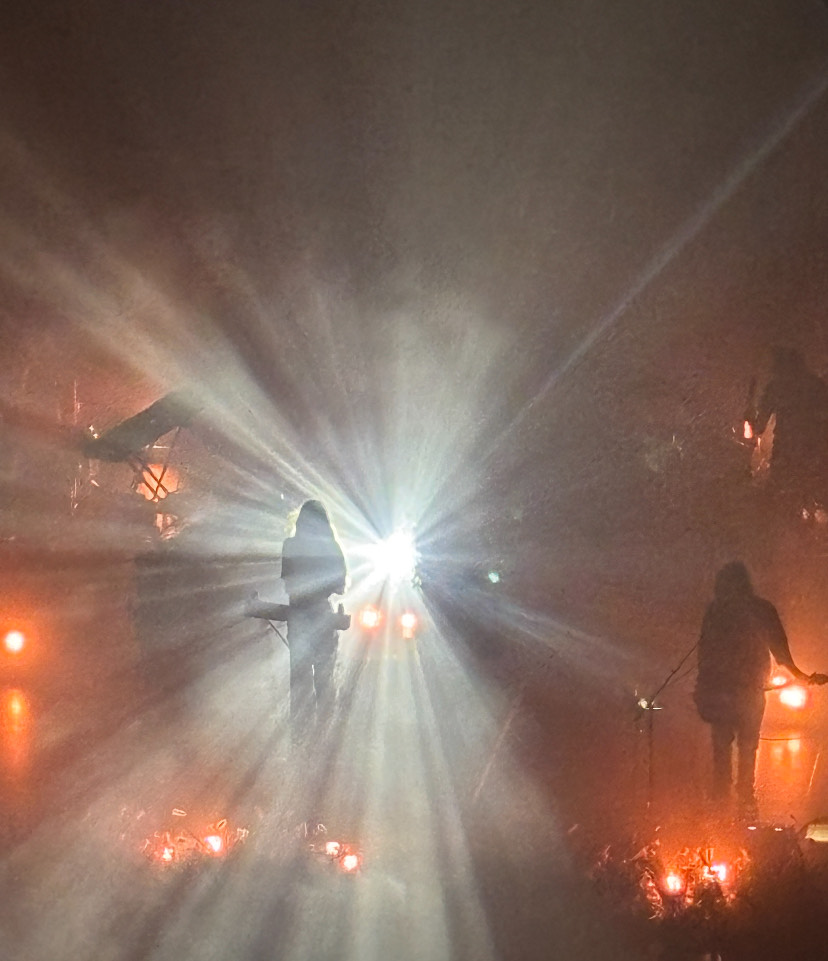

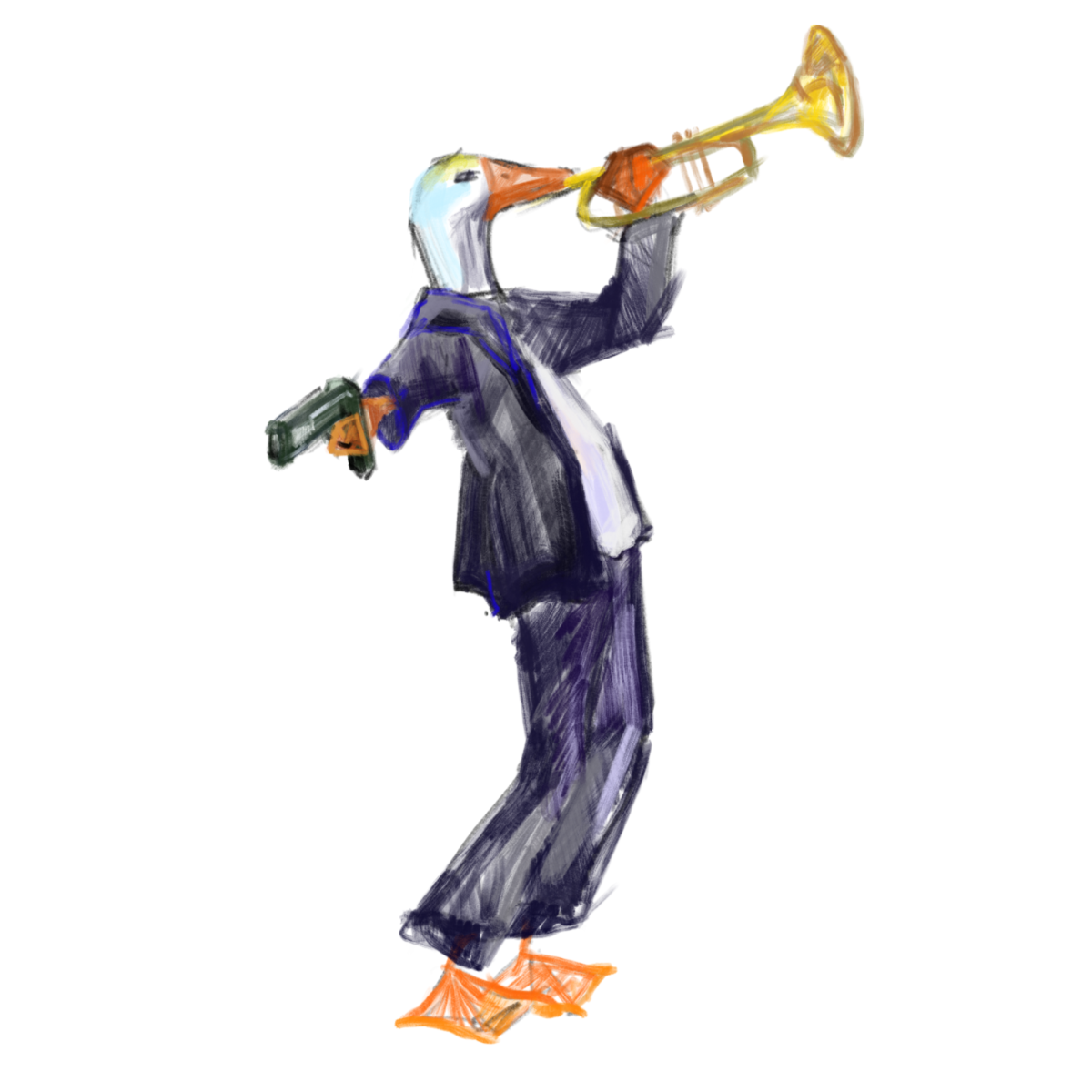
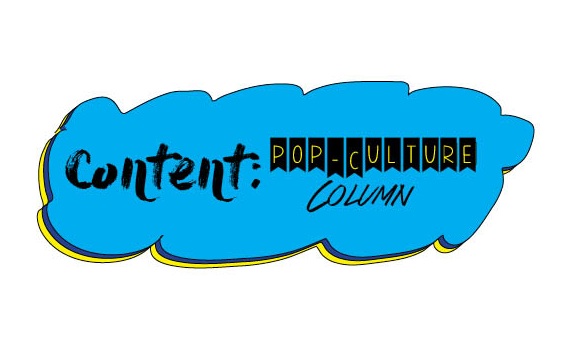
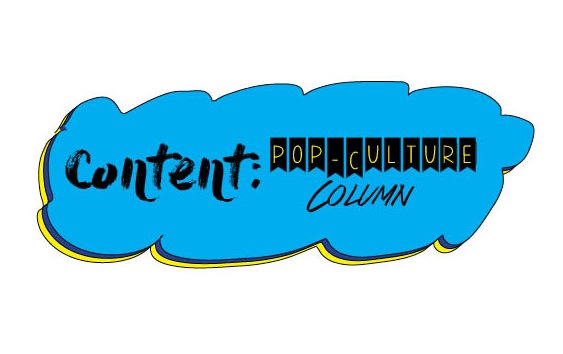
Lisa Hodges • Sep 7, 2019 at 1:00 pm
You, my pal, ROCK! I found just the information I already searched everywhere and simply couldn’t find it. What an ideal web-site.